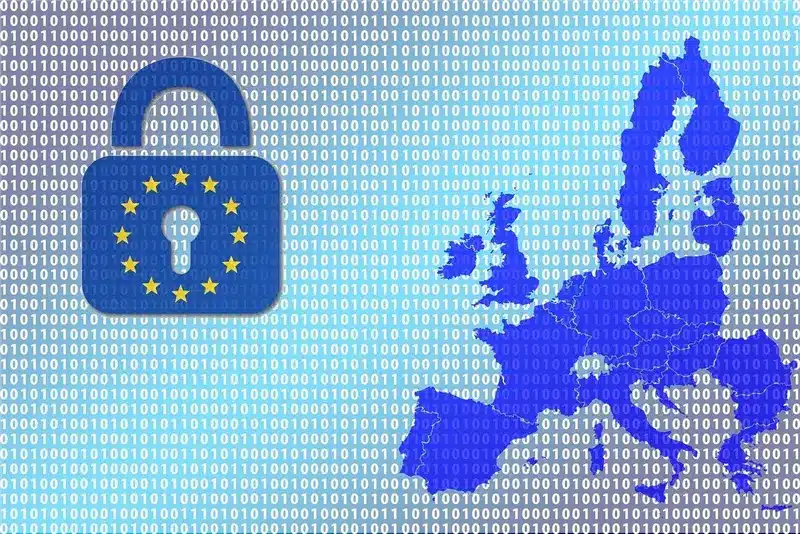
The European Commission and the High Representative for Foreign Affairs and Security Policy have jointly launched the European Union’s International Digital Strategy, laying out a comprehensive framework to guide the EU’s external digital engagement. The EU International Digital Strategy comes at a time when the global digital model is increasingly shaped by rapid technological advances and geopolitical challenges.
Framed as a roadmap for international cooperation and governance in the digital age, the strategy outlines the EU’s commitment to promoting secure, inclusive, and rules-based digital transformation around the world. It also reaffirms the alliance’s aim to position itself as a reliable and stable digital partner for both established allies and emerging economies.
EU International Digital Strategy: A Three-Pronged Strategic Framework
The EU’s new digital strategy is structured around three core objectives:
- Expanding International Partnerships
The EU aims to broaden its global digital footprint by deepening existing Digital Partnerships and Dialogues, initiating new alliances, and launching a Digital Partnership Network. This network will support bilateral and multilateral cooperation while also enhancing both the EU’s and its partners’ digital resilience and competitiveness. - Deploying the EU Tech Business Offer
A cornerstone of the strategy is the deployment of a tailored EU Tech Business Offer, a collaborative public-private initiative to support digital transformation in partner countries. This package will incorporate investments in AI, cybersecurity, digital public infrastructure, secure connectivity, and other critical technologies. The effort will be coordinated through the Team Europe approach, integrating Member State participation and financial instruments. - Strengthening Global Digital Governance
The EU reaffirms its intention to lead in shaping a global, rules-based digital order. This includes advancing governance frameworks for emerging technologies, updating internet governance structures in line with developments like Web 4.0, and promoting human rights, democracy, and online safety standards globally.

Focus Areas for International Collaboration
Under the strategy, the EU will work with partner countries across several priority areas:
- Secure and Trusted Digital Infrastructure
Investments will support infrastructure critical to sectors such as health, finance, energy, and transport, aimed at fostering safe and dependable digital ecosystems. - Emerging Technologies
Cooperation will include joint efforts on next-generation technologies, including artificial intelligence, 5G/6G networks, quantum computing, and advanced semiconductors. - Digital Governance
The strategy places strong emphasis on regulatory models that uphold democratic values, social cohesion, and the protection of individual rights in digital environments. - Cybersecurity
Efforts will focus on boosting the cyber defence capabilities of partner countries, which the EU sees as integral to its own digital security landscape. - Digital Identity and Public Infrastructure
The EU seeks to advance interoperable digital identity systems and establish mutual recognition agreements to simplify cross-border interactions for businesses and citizens. - Online Platforms
Ongoing priorities include safeguarding freedom of expression, ensuring online child protection, and supporting transparent digital ecosystems.

Expanding a Network of Digital Cooperation
The EU has already built a foundation for external digital engagement through a variety of platforms, including:
- Over 30 digital and regional partnerships, Trade and Technology Councils, and thematic dialogues.
- A strong digital trade ecosystem, with digital services trade valued at €3 trillion in 2024.
- Major infrastructure projects like the 7,100 km-long Medusa cable across the Mediterranean, enhancing secure connectivity between Europe and North Africa.
The strategy’s public-private cooperation model aims to expand this existing infrastructure and strengthen regional connectivity.
Towards Rules-Based Digital Governance
One of the key messages of the strategy is the EU’s intent to uphold and promote a global digital environment anchored in democratic principles and international law. This includes:
- Promoting regulatory standards for key digital technologies.
- Advancing internet governance mechanisms to accommodate emerging technologies such as Web 4.0.
- Supporting frameworks that ensure the global availability and integrity of the internet.
The EU’s vision emphasizes governance models that integrate both technological innovation and legal safeguards to protect users and institutions alike.
Background and Consultation Process
The strategy follows the European Council’s April 2024 directive calling for stronger EU leadership in digital affairs. In preparation, the European Commission issued a public call for evidence in May 2024, inviting feedback from a broad spectrum of stakeholders, including tech firms, civil society, academic institutions, trade bodies, and EU Member States.
This consultative approach aimed to incorporate diverse perspectives on how the EU can align its international digital policies with evolving geopolitical and technological trends.
Next Steps
Following today’s announcement, the Commission and the High Representative plan to present the strategy in a series of stakeholder events across EU institutions and partner countries. These sessions will serve as platforms to discuss implementation frameworks and mobilize the necessary public and private support to operationalize the proposed initiatives.
Implementation is expected to begin immediately after these consultations, with a focus on translating policy into practical cooperation projects and regulatory models.
Source: Read More



